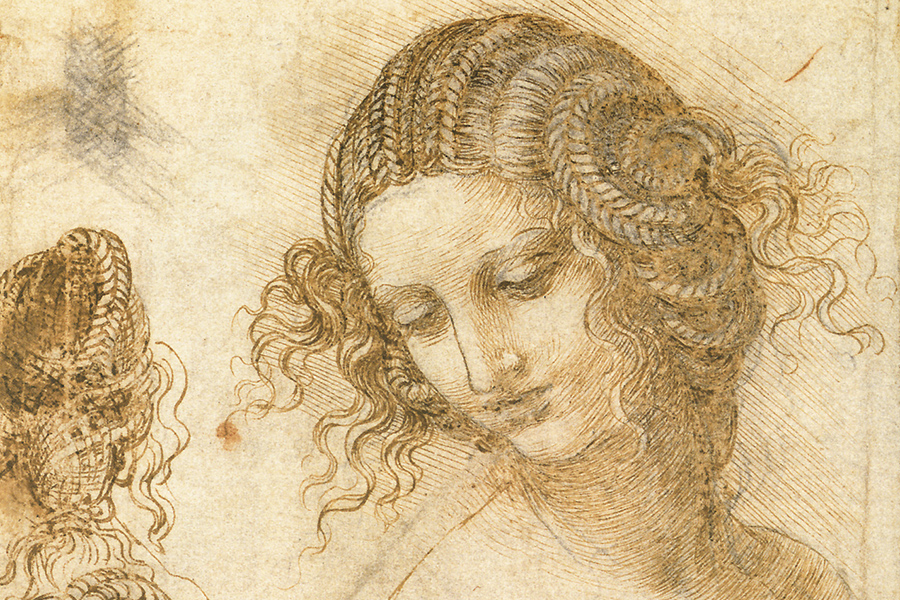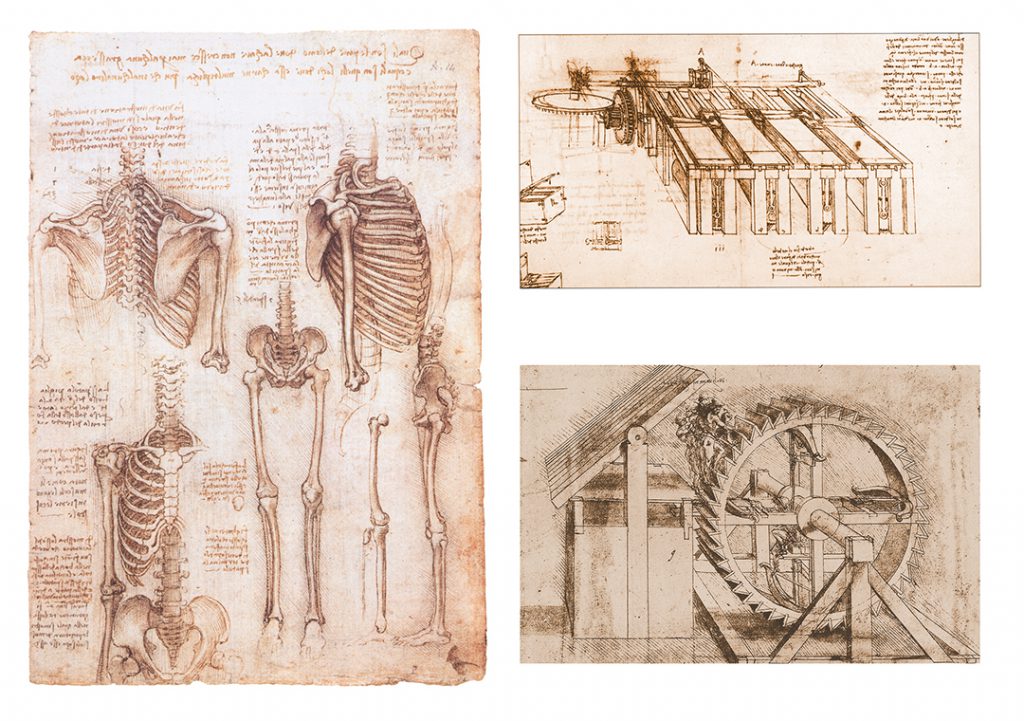
Curiosità – The Curiosity of a Master
Michelle Rothwell | Feb. 28, 2020 | Categories: Hints & Tips
Children are born with a natural impulse to explore and experience the world. Curiosity behaves like a nagging thirst, beginning with our first sense of wonder as we explore Life. Our task as adults is to rediscover and regain this childhood inner drive as best as we are able.
Leonardo da Vinci was a role model for ceaseless
observation. Michael Gelb, in his book How to Think
Like Leonardo da Vinci, defines seven principles that
da Vinci exhibited. One, Curiosità, is especially prized.
Curiosity is a force that compels deep observation,
investigation, and insight. As we know from his
sketchbooks, Da Vinci applied himself to exhaustive
studies of both natural phenomenon and ideas for
new innovations.
According to Gelb, “Leonardo’s loyalty, devotion, and
passion were directed . . . to the pure quest for truth
and beauty . . . Leonardo’s inquisitiveness was not
limited to his formal studies; it informed and enhanced
his daily experience of the world around him
. . . [his] intense desire to understand the essence
of things led him to develop an investigative style
equally noteworthy for its depth of study and for its
range of topics.”
Intelligent Observation
Leonardo da Vinci’s curiosity was so compelling
that 500 years later we are still impressed by the
full extent of it. His ‘drive to know’ resulted in observations that ranged from human anatomy to civil engineering to physics. Da Vinci said about his anatomical studies:
“This depicting of mine of the human body will
be as clear to you as if you had the natural man
before you; and the reason is that if you wish
thoroughly to know the parts of the man, anatomically,
you, or your eye, require to see it from
different aspects, considering it from below
and from above and from its sides, turning it
about and seeking the origin of each member .
. . Therefore, by my drawings every part will be
known to you, and by all means of demonstrations from three different points of view of each part.”

